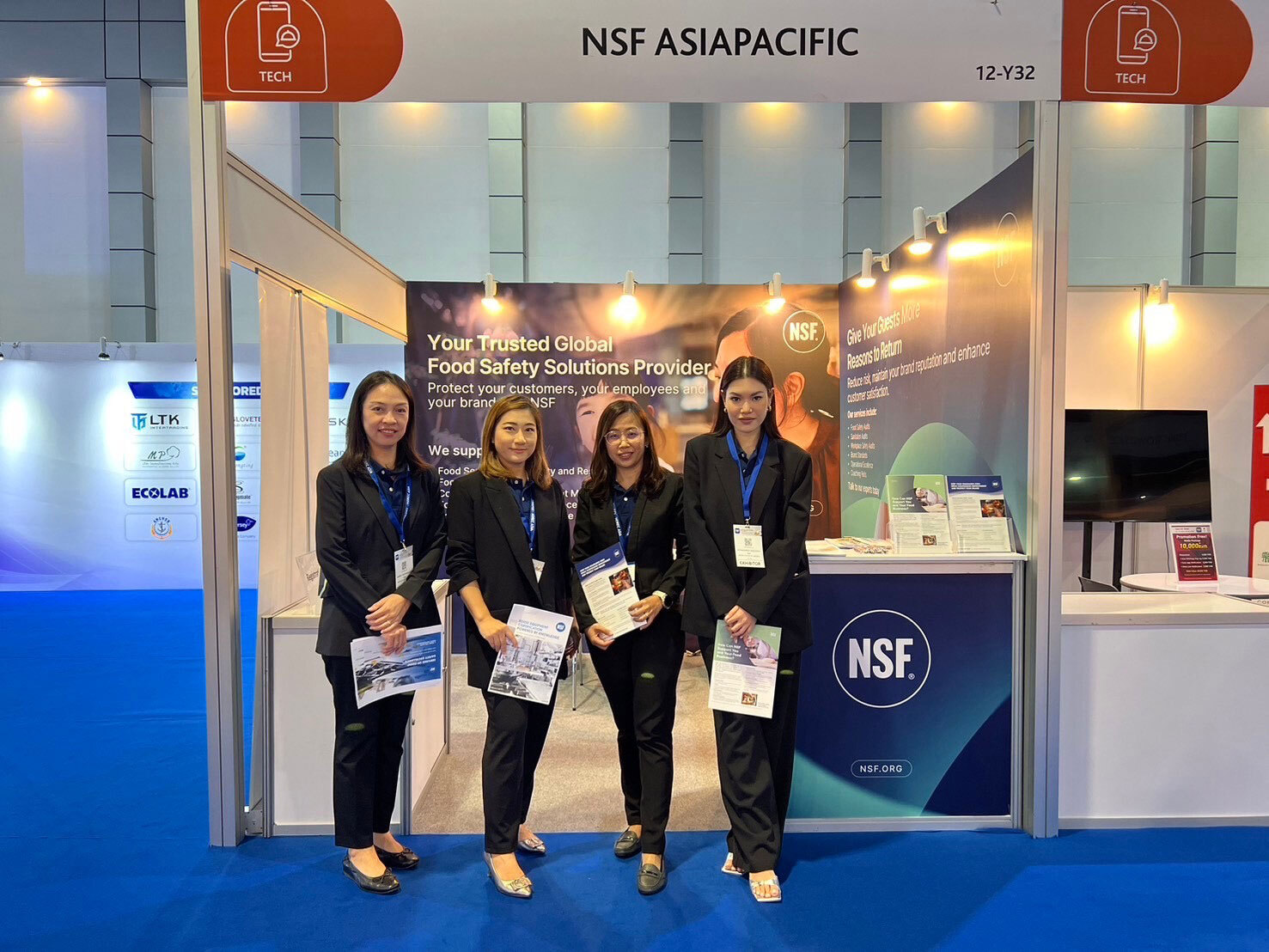Discover 5 Ways to Make Your CAPAs More Effective

Have you ever wondered why some of your corrective and preventive actions (CAPAs) fail to achieve the desired improvement? Wouldn’t it be nice if there were a way to evaluate the CAPA before you implement it? Your organization will lose valuable time if you wait until the effectiveness check is complete, only to discover that the CAPA was not adequate. Meanwhile, your customers will continue to struggle with quality issues, and the regulatory risk will increase as the issues remain unresolved.
The NSF CAPA Hierarchy
We propose the use of our CAPA hierarchy, which helps investigators select a CAPA that is most likely to deliver the desired outcome. It can also be used by reviewers and approvers to evaluate the CAPA plan and push for better solutions. The hierarchy can give them a framework to articulate their concerns and provide specific direction to improve the CAPA plan.
You can watch a webinar on the CAPA hierarchy below.
1. Eliminate the Possibility of Errors
The most effective CAPA is to eliminate the possibility of errors. The easiest way to achieve this is to eliminate the task, if possible.
A few examples of task elimination include:
- Eliminating mixing errors by purchasing premixed materials
- Eliminating recording errors by linking the measurement device to a printer
- Eliminating steps that are no longer necessary
- Eliminating assembly errors by using an error-proofing device (often referred to as “poka-yoke” or inadvertent error prevention), such as a fixture with a special feature that prevents parts from being assembled incorrectly
Elimination Example: Recurring Complaint
As a specific example of elimination, we helped a client investigate a recurring complaint for an intravenous bag that was shipped to a customer without a thermal-print label. The operation had a camera that would inspect the product and reject units with missing labels. The camera was examined at the beginning and end of each shift, and there was no evidence of camera failures. Previous investigators concluded that an operator must have picked up the rejected units, overlooked the missing labels and put the products back into the production stream. In reality, every time an operator pushed the emergency stop button, both the printer and the camera would lose their memory, so the printer did not know what to print and the camera did not know what to reject. We eliminated the problem by modifying the programmable logic controller (PLC) to automatically reject the in-process bags following an emergency stop.
2. Replace the Process With a More Reliable Process
The second most effective CAPA is to change the current process by replacing it with a more reliable one. For example, you could add redundant sensors so that if one sensor fails, the other is still working and the product is not affected. This will not completely eliminate the problem, because there is a chance — however slight — that both sensors will fail at the same time.
Other examples of replacement include:
- Designing a more robust screen for milling machines so they don’t break as often
- Installing mechanical limiting devices or modifying PLC programs so that the process cannot exceed a specified range
- Using barcode scanners
In fact, hospitals implemented the use of barcode scanners many years ago to reduce patient medication errors. The medication order is scanned, and the patient wristband is scanned. If the barcodes do not match, the medication is not administered. Of course, this does not eliminate all medication errors, just the errors that may occur at the final delivery step in the hospital room.
3. Facilitation: Making the Process Easier to Perform
The third CAPA in our hierarchy is facilitation, which can make a process easier to perform and therefore make mistakes less likely to occur. Examples of facilitation include:
- Using “visual factory” techniques, such as 5S and color coding, to make mistakes obvious. Many electronics manufacturers have adopted color coding. The green plug goes in the green socket, the red plug goes in the red socket, and so forth. Take the time to imagine what you could do with colored signs and storage bins.
- Redesigning forms so that they are easier to complete and omissions are easy to see. If you place all the data entry boxes to the right side of the form, omissions will be easier to spot and correct.
- Streamlining processes to reduce material handling. Every movement is an opportunity to make a mistake. Reducing the number of opportunities to make errors will ultimately reduce the overall frequency of errors.
- Simplifying procedures. Strive for simple action statements arranged in sequential order.
Other things to consider when making a process easier to perform: Avoid conditional statements and lookup tables. Add a flow chart. Add pictures. Provide specific directions on what to do if a process upset occurs.
Applying the CAPA Hierarchy
4. Detection Is Essential
In our experience, numerous companies use improved detection as the default CAPA activity. The intent is to catch the nonconformance as soon as possible after it occurs, preferably before the product moves to the next step in the process. Detection is essential. You cannot afford to allow nonconformances to get shipped to the customer.
However, detection should be viewed as necessary but not sufficient. Detection is inherently weaker than the hierarchy options listed above. Why? Because detection does not prevent defects; it merely prevents defects from escaping to the customer. Detection does not address the underlying root cause. CAPAs for improved detection should always be supplemented by at least one action that is intended to reduce the frequency of failure.
Detection can be improved by adding audible alarms or lights if a process is out of tolerance. A better approach would be to automatically shut down the process or add an interlock so that the process cannot move to the next step.
5. Mitigation: Minimizing the Impact of the Error
The final CAPA strategy is mitigation, which can minimize the impact of an error and is the weakest form of corrective action. For most pharma companies, the product design is constrained. It is likely that the only way to mitigate is to sort or rework. Sort or rework should be viewed as an interim action that affects only the current batch and is therefore not a permanent solution. This is true even if you have an automated reinspection system. Simply put, rework is a crutch.
Sometimes you can combine detection and mitigation — for example, by installing a metal detector with a link to the conveyor. If metal is detected, the conveyor stops or the material is diverted to a scrap bin.
Related Reading
We have written extensively on the issue of CAPA effectiveness and the CAPA hierarchy in recent years. Here are some of the most popular and widely read articles by NSF experts on the subject:
White Paper: Your CAPA Effectiveness Ladder
Success Story - Simplification and Improvement of Deviation and CAPA System
White Paper: Hierarchy for CAPA Effectiveness
Training: Our training division regularly hosts sessions on deviation and CAPA management. You can find out more about them here: Deviation and CAPA Management Training.
We Can Help
The NSF team of experts works with some of the world’s largest and most dynamic companies to help ensure compliance. Contact us today by using the form below, and one of our experts will get in touch.
Ready to Begin the Process?
Contact us with questions or to receive a quote.
Resources
News and Events

Are You a Medical Device and IVD Expert? Join Our Consulting Team!
August 9, 2021
NSF Health Sciences Podcasts – Access Expert Content On-the-Go
October 22, 2020
NSF Now Offering Live Instructor-Led Virtual Pharmaceutical and Medical Devices Training
May 19, 2020How NSF Can Help You
Get in touch to find out how we can help you and your business thrive.

What’s New with NSF

NSF Shanghai Named Critical Site for NSF/ANSI 455 and NSF/ANSI 173 by ANSI National Accreditation Board
July 26, 2024
NSF Takes Center Stage at NEHA Annual Education Conference
July 25, 2024
NSF Asia Pacific Showcases Hospitality Solutions at THAIFEX HOREC Asia 2024 in Bangkok, Thailand
July 4, 2024

